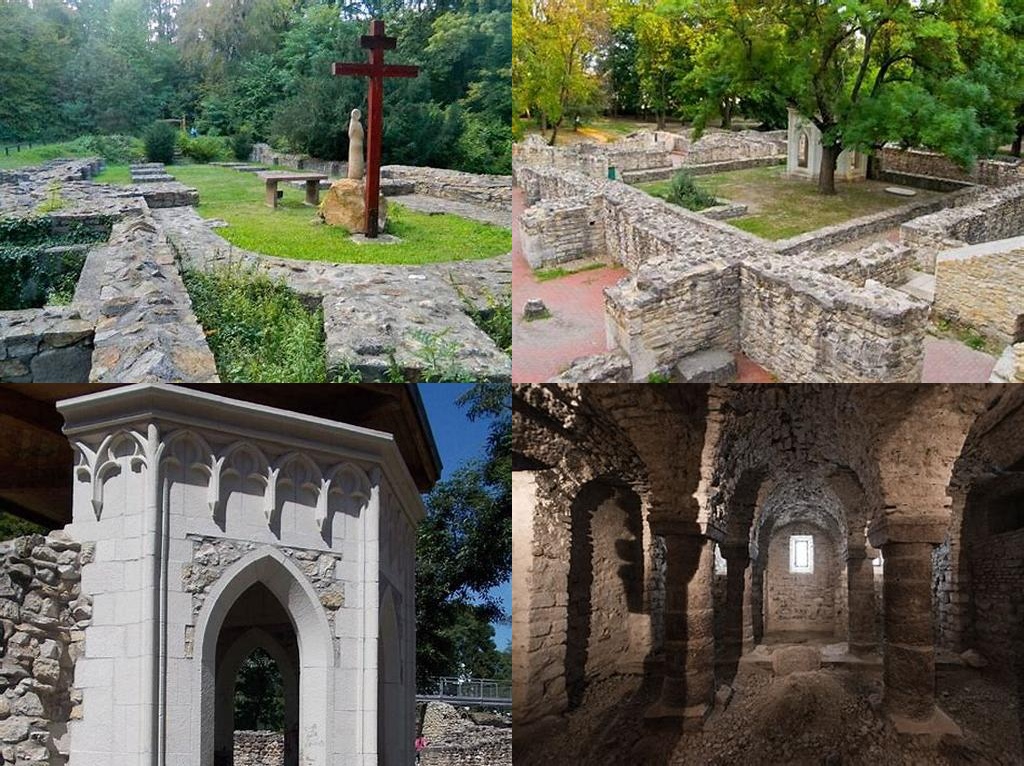
Kána, a now-vanished medieval village once nestled among the gentle hills northwest of present-day Budapest, holds the enigmatic remains of a Benedictine monastery wrapped in centuries of history. If you’re the kind of traveler who prefers mossy crumbled stones over bustling tourist throngs and who feels the tug of time in the silence of the woods, the ruins of the kánai bencés kolostor might just become your new favorite hideaway. The place may not offer glitzy souvenirs or busy cafés, but what it lacks in creature comforts it more than makes up for in whispers of the medieval past and whispers of the abbots who once prayed here.
Hidden between Pilisborosjenő and Solymár, the Kaloldal-dűlő fields were once home to the thriving village of Kána. The story really gets interesting in 1198, when Andrew II of Hungary (known for crusading and his adventurous rule) donated this site, then rising in local importance, to the Benedictines of Pannonhalma Abbey. In the medieval world, such donations weren’t just spiritual gestures—they effectively jumpstarted new centers of literacy, farming, and hospitality. Soon after, a little abbey was erected: small by continental standards, but impressively solid for a community of only a handful of black-robed monks. This would be the heart of the local community for around two centuries, witnessing baptisms, weddings, pilgrimages, and—no doubt—its share of everyday dramas.
Walking through the surviving walls and piles of stones today, you can picture the Romanesque church that once stood here, its shape still discernible in the outline of the remaining foundation stones. Step here and you’re standing atop layers of unwritten history—during the Mongol invasion of 1241-42, this region was ravaged and depopulated, with monastic life forced to the brink of disappearance. The monastery itself was reportedly rebuilt soon after, but by the 16th century, like so many places in Hungary, it was finally abandoned under pressure from continual Ottoman raids and the slow dwindling of the countryside’s safe havens.
It’s quite something to visit the site today. The ruins seldom draw crowds, and you’re most likely to be watched only by the silent trees and perhaps the odd hiker. The atmosphere is quietly magic: sunlight dances across limestone shards, roots snake over what was once sacred ground, and if you’re lucky, you’ll glimpse wildflowers reclaiming their territory atop the faded mortared stones. There are stories told—that beneath the ground, old graves and perhaps small treasures lie undiscovered, passed over by time, awaiting the next curious soul with an eye for secrets.
What’s remarkable about the kánai bencés kolostor remains isn’t just their antiquity, but their endurance. Unlike reconstructed monuments or over-preserved relics, these stones haven’t been overly tidied up—they’re allowed their romance and mystery. Children enjoy clambering among the walls while adults lose themselves in imagining the silent repetitions of monastic prayer that once filled the air. Birdsong replaces the former chants, but with a little imagination, you can sense echoes of past centuries drifting between the branches.
The approach itself is half the joy—a walk of about an hour through lush, rolling countryside, dotted by relics of wine cellars and abandoned farmsteads that speak to the years that succeeded—or perhaps never quite outgrew—the abbey’s decline. Even today, locals from surrounding villages know the spot, sharing tales about lost bells and even, in some versions, secret underground passages.
So, if you crave peace away from the city, or simply want to brush your hand across a chapter of Hungary’s obscure history, the kánai bencés kolostor maradványai will reward you with the thoughtful silence of the past—a gentle lesson in endurance, change, and the quiet poetry of forgotten places.





